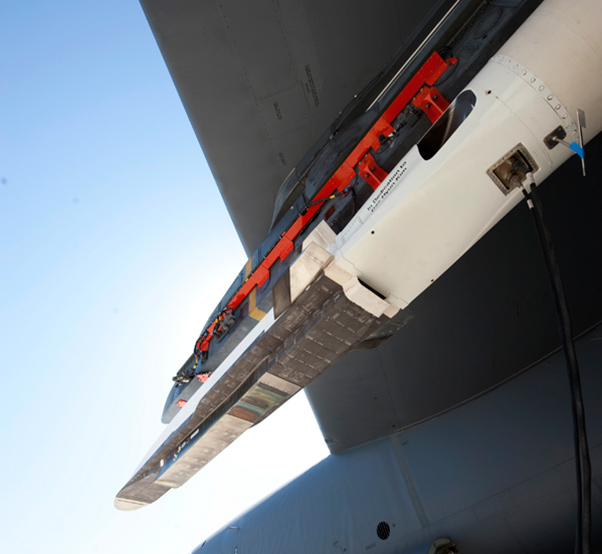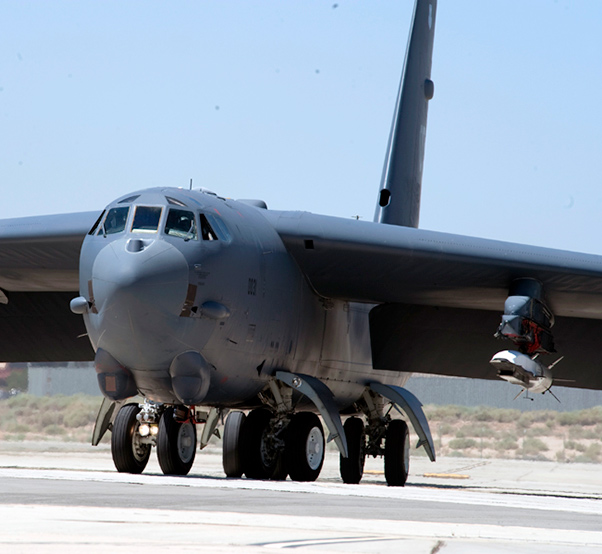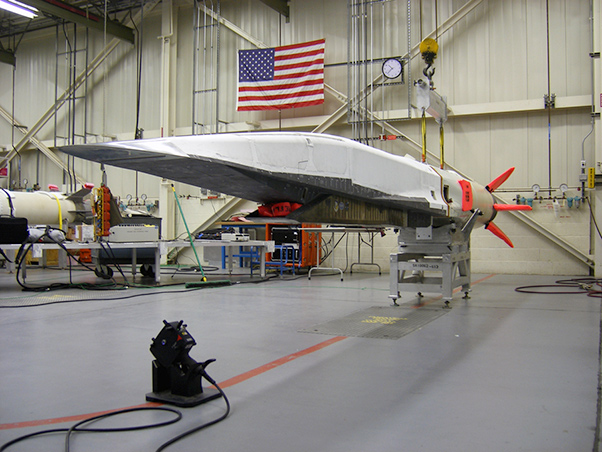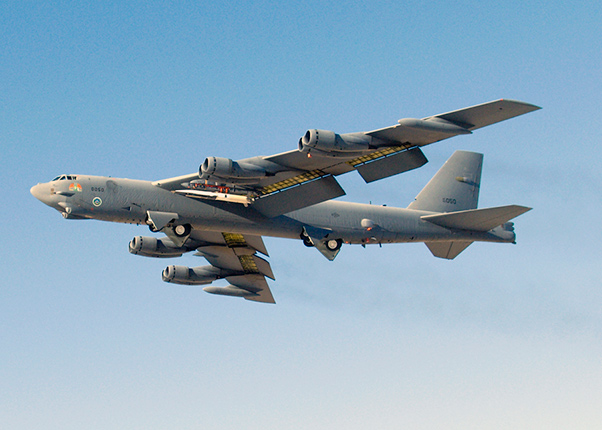
The Air Force Research Laboratory Aerospace Systems Directorate is celebrating the 10th anniversary of the X-51A’s longest supersonic combustion ramjet-powered hypersonic flight, May 26, 2020.
The flight, which occurred off the coast of California in 2010, highlighted the increasing capabilities of hypersonic technology.
Hypersonic flight, typically defined as beginning at Mach 5, or five times the speed of sound, presents unique technical challenges with heat and pressure, making conventional turbine engines impractical.
Hypersonic combustion generates intense heat, so routing the X-51A’s JP-7 fuel lines around the engine served to both cool the engine and heat the fuel to optimum operating temperature for combustion.
“The powered portion of the flight was over three minutes long and the X-51A flew for about 160 nautical miles and the peak speed was Mach 4.87,” said Charlie Brink, the X-51A program manager. “NASA had demonstrated scramjet operation at a higher speed using hydrogen for a fuel, but the operation of the engine lasted for only about 15 seconds.”

The X-51A program combined a multitude of research assets to prove the effectiveness of scramjet engine technology.
“Through this flight test program, we were able to overlay propulsion testing, wind tunnel test results, and computational fluid dynamics analyses with flight test data to prove that indeed the concept of scramjet engine propulsion is viable for aerospace applications,” Brink said.
A decade ago, this flight set the Air Force further down the path of continued hypersonic research success. In addition to scalable scramjet propulsion, other key technologies demonstrated by the X-51A included thermal protection systems materials, airframe and engine integration, and high-speed stability and control.

“It provided a new and valuable propulsion concept that will enable warfighter capability to reach long range targets in extremely short timelines,” Brink said.
This historic flight involved efforts from the Aerospace Systems Directorate, Boeing, Pratt & Whitney Rocketdyne, the 412th Test Wing, Point Mugu Naval Test Range and the NASA Langley Research Center. Engineers, scientists and other experts came together to prove that a scramjet engine would successfully propel an aerospace vehicle in free flight.
“It was the most exciting and rewarding effort I’ve been associated with during my 38-year career,” Brink said. “We truly developed a seamless government and industry team attempting to achieve a singular goal.”
Overall, the nine minutes of in-flight data collected from the X-51A program was an unprecedented achievement proving the viability of air-breathing, high-speed scramjet propulsion using hydrocarbon fuel.
The Aerospace Systems Directorate continues its research today by partnering with agencies like the Defense Advanced Research Projects Agency to conduct demonstrations on programs such as the Hypersonic Air-breathing Weapon Concept and the Tactical Boost Glide. AFRL continues to pave the way for hypersonic research to equip warfighters with effective, cutting-edge technology.

